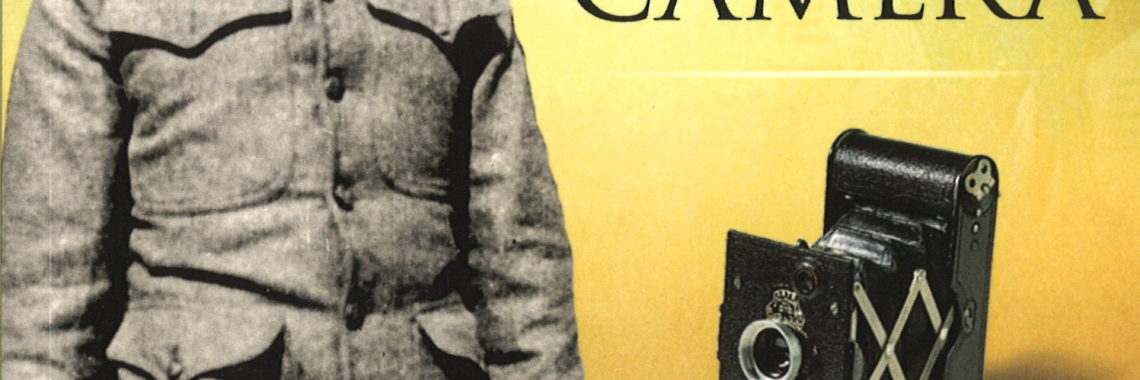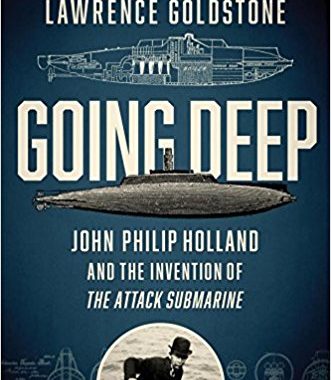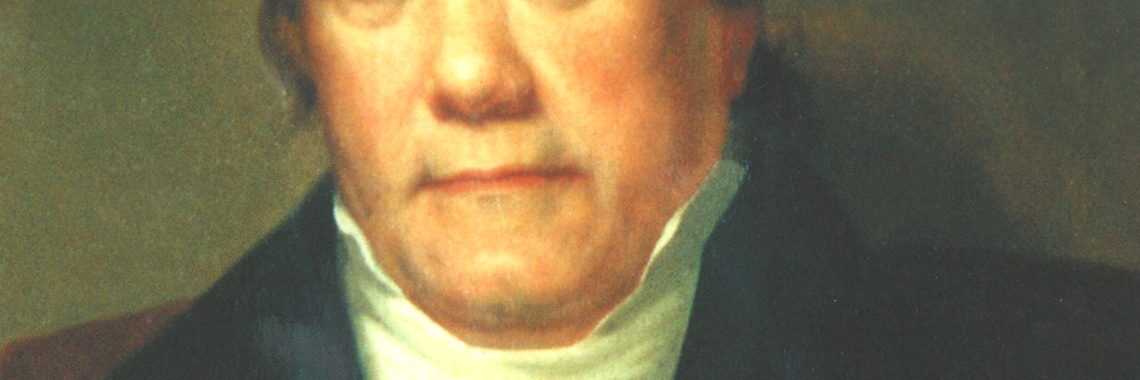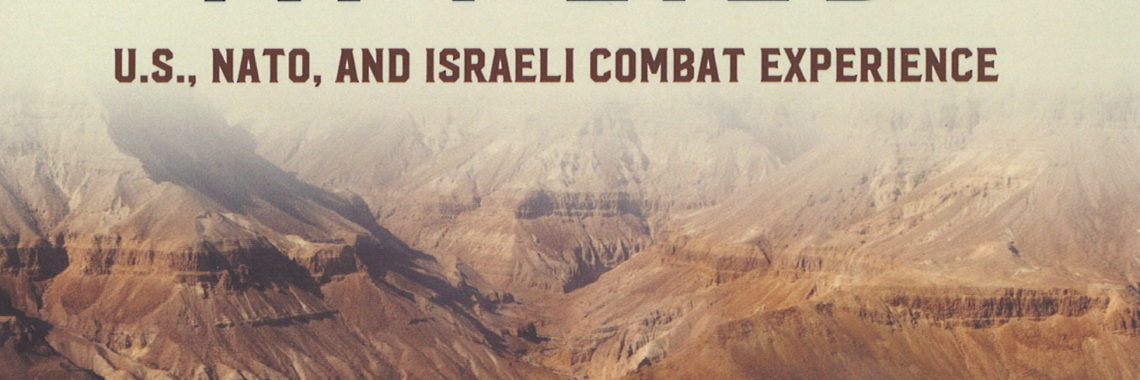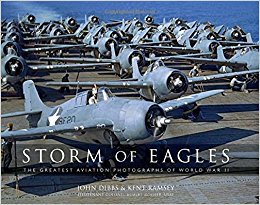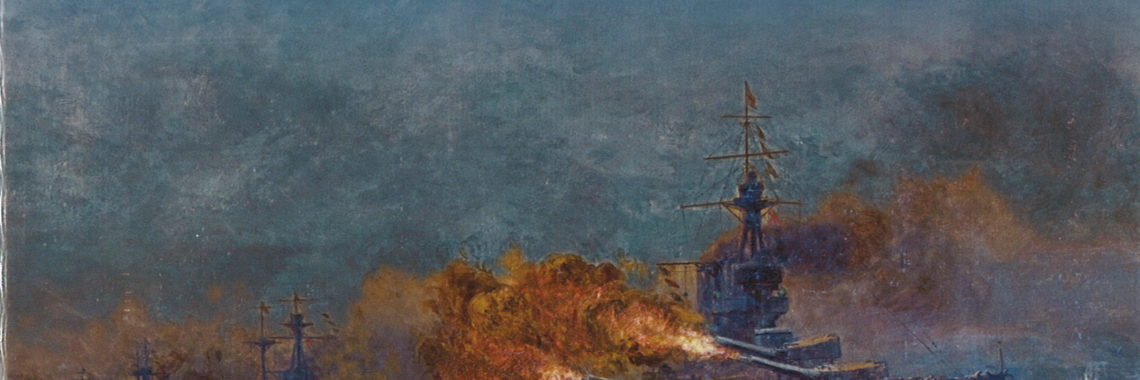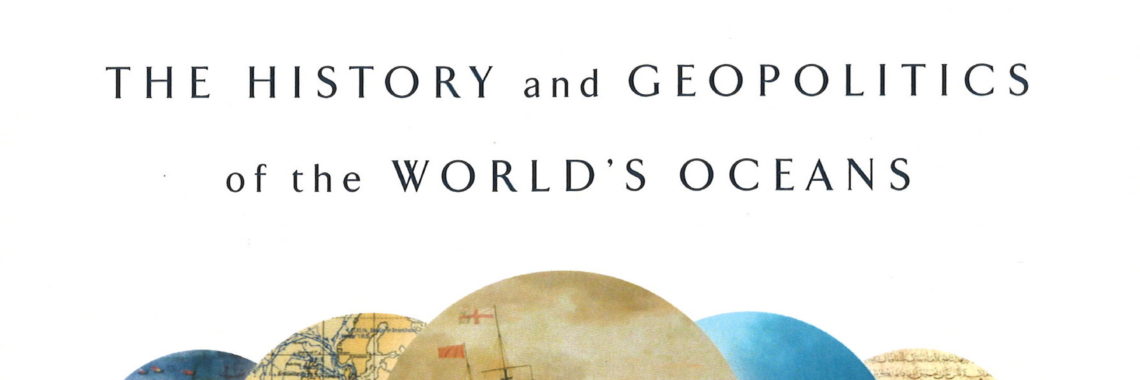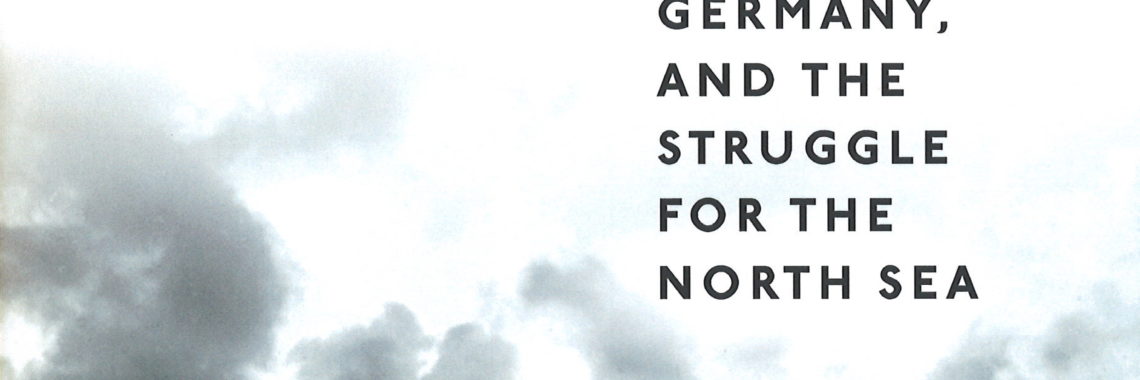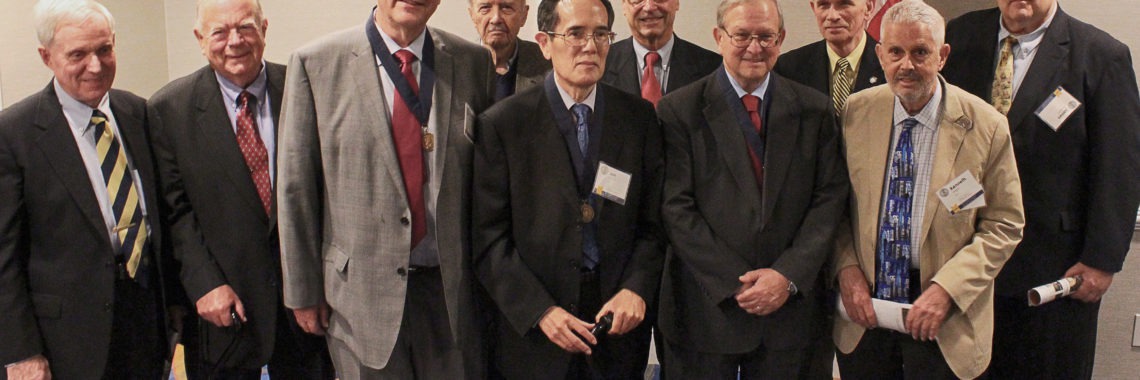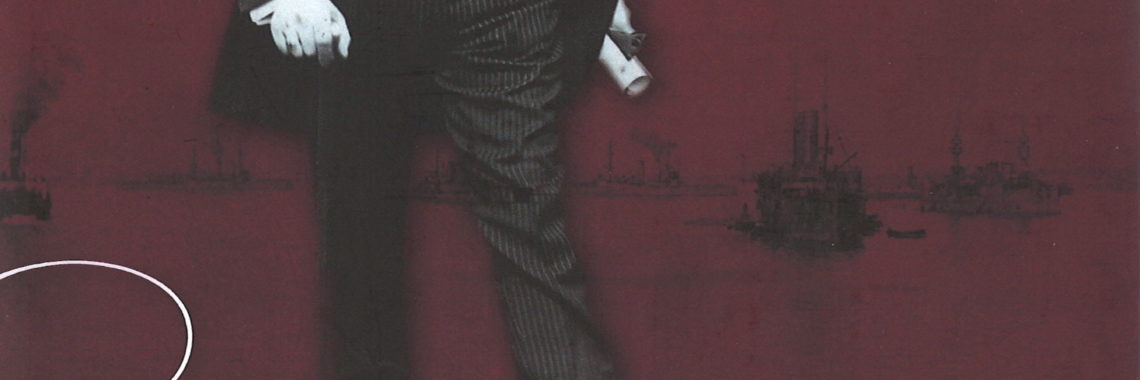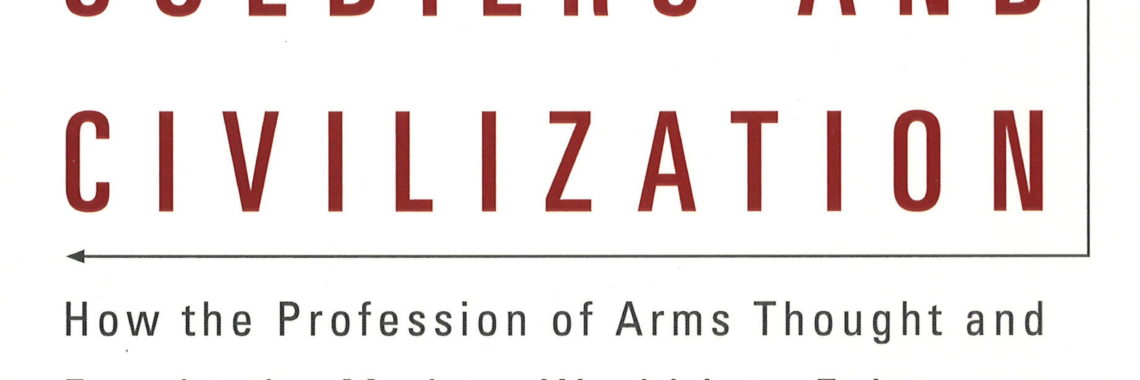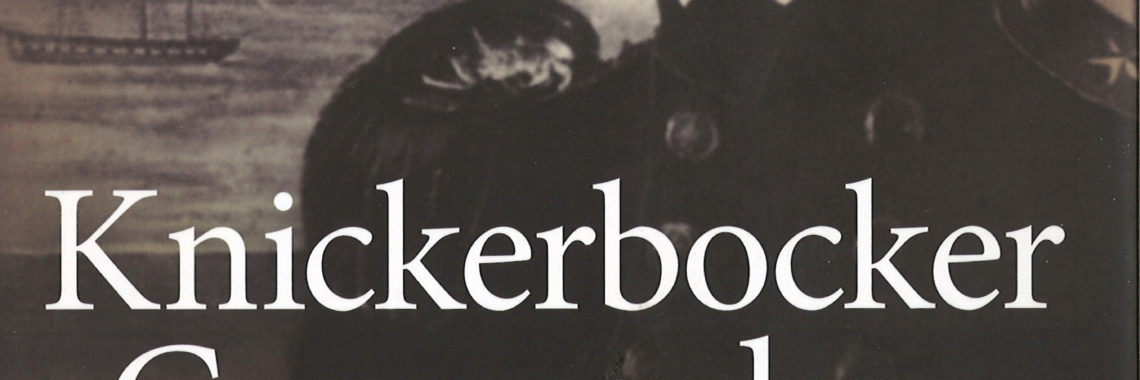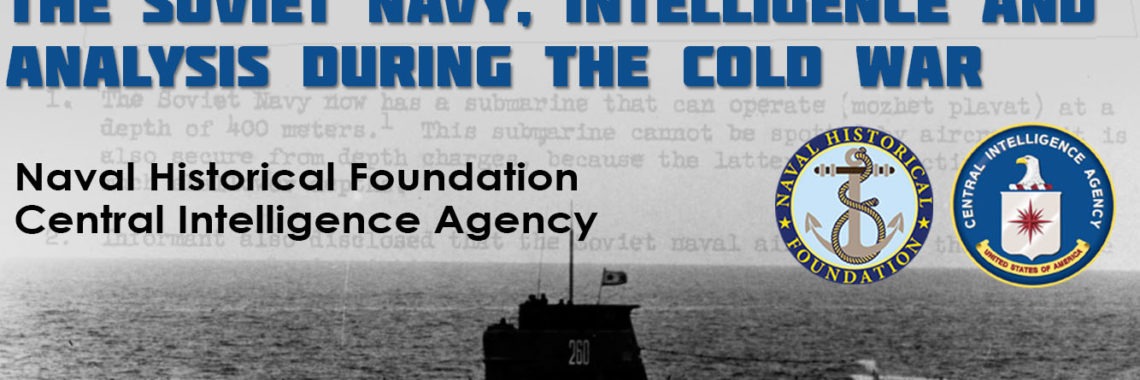BOOK REVIEW – A WWI Soldier and His Camera: Army 19th Engineers Seen Through Pvt. Emil Rezek’s Camera and His Duty with the 14-inch Naval Railway Gun
By William J. Brown. Self-Published (2017) Reviewed by Charles H. Bogart This book was written by the son-in-law of Emil Rezek who, in 1917 at the age of 18, joined the U.S. Navy. Not finding the Navy to his liking, Emil left his ship, changed into civilian clothes and joined the U.S. Army. In August

